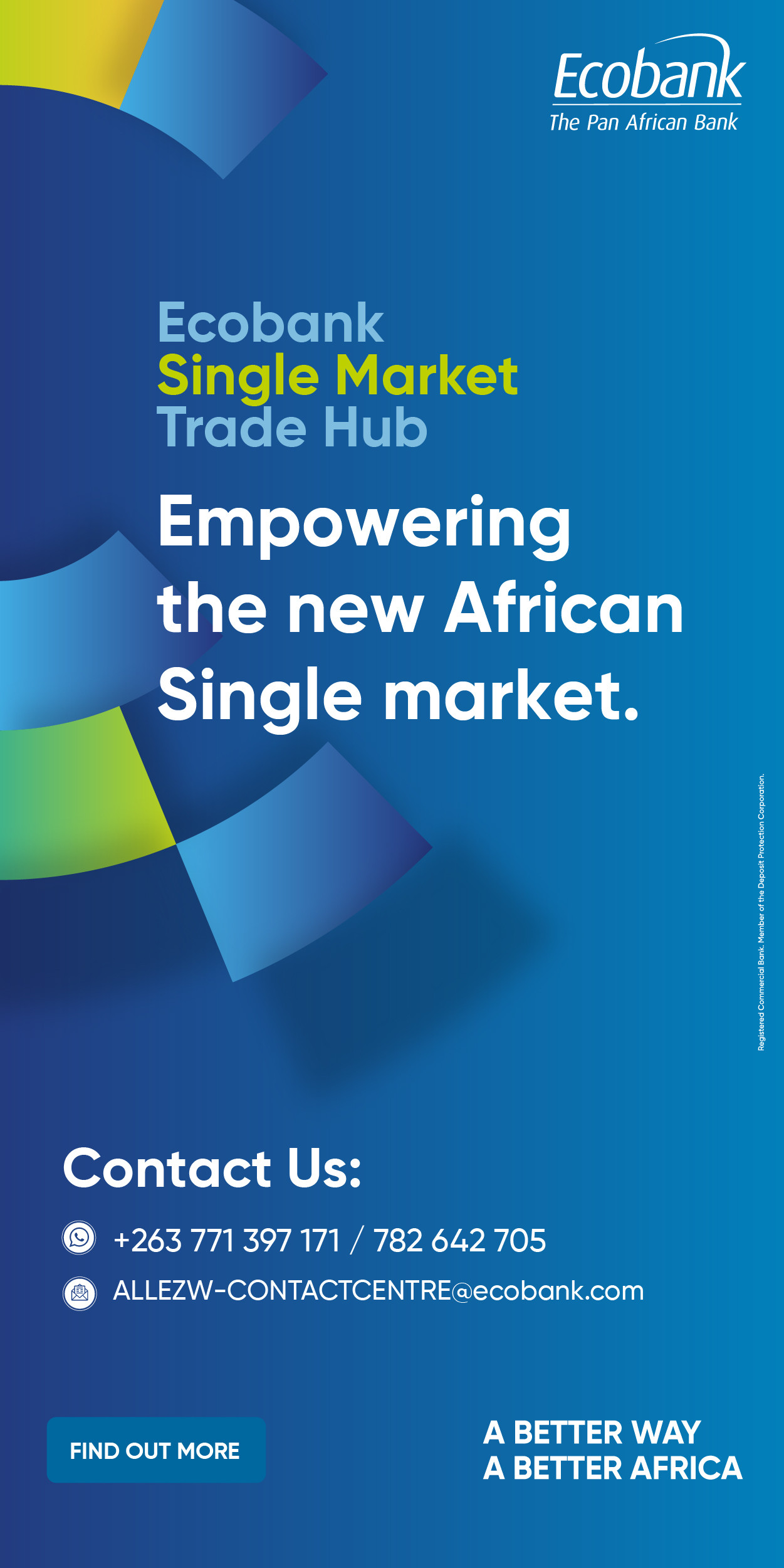- Depreciated by 0.1% in the first week of June, losing 4.2% year-to-date and 50% since inception
- A significant parallel market exists, with rates diverging sharply from the official rate, creating a 35.5% premium
- The Central Bank's strategy includes increasing gold reserves to 3,000 kg, aiming to enhance confidence
Harare- Zimbabwe has faced persistent challenges with its currency, from hyperinflation to repeated monetary reforms. The introduction of the Zimbabwe Gold (ZiG) currency represents the latest attempt to stabilise the economy and restore confidence in the local monetary system.
However, recent data suggests that the ZiG is grappling with significant hurdles. This article analyzes the ZiG's current performance, the parallel market dynamics, efforts to back the currency with gold reserves, its limited adoption in the economy, and the central bank's strategies to manage its value.
The ZiG has closed the week bearish, sustaining soft declines on the first week of June depreciating from 26.9213 last week on 1 May to 26.9401 on the 6th of June against the US dollar, a week-on-week decline of approximately 0.1%.
While this drop appears modest, it aligns with a broader pattern of weakening. Year-to-date, the ZiG has shed 4.2% of its value, and since its inception, it has lost a staggering 50%.
A key indicator of the ZiG's challenges is the thriving parallel market, where exchange rates diverge sharply from the official rate. Parallel market rates currently range from 36.5 to 38 ZiG per US dollar when buying USD, and 32 to 34 ZiG per USD when buying ZiG with USD.
This gap has created a premium of approximately 35.5% over the official rate of around 26.94 ZiG per USD.
This premium reflects a lack of trust in the official exchange rate and suggests that the ZiG is overvalued at its official level.
The disparity fuels arbitrage opportunities, where individuals can profit by exchanging currency between the official and parallel markets, but it also undermines the ZiG's credibility. Such dynamics point to broader issues including currency controls which exacerbate economic instability.
To strengthen the ZiG, the government has focused on building gold reserves. According to the Central Bank, gold reserves have risen from 800 kg at the start of 2024 to 3 tonnes (3,000 kg) this year.
This increase is supported by a 2022 policy mandating miners to pay part of their royalties in physical minerals, including gold, as a means to bolster reserves of both gold and USD.
Linking the ZiG to gold reserves aims to enhance confidence by grounding its value in a tangible asset. Gold has long been regarded as a stable store of value, and this strategy could theoretically anchor the currency.
However, the effectiveness of this approach hinges on consistent reserve growth and transparent management.
Despite these efforts, the ZiG's role in the economy remains limited.
It is primarily used for settling government taxes, though not all as some government services are still priced exclusively in USD.
Essential expenses such as rentals, medical bills, and fuel also remain predominantly USD-based. This persistent reliance on the US dollar for critical transactions reflects a lack of confidence in the ZiG and hinders its adoption as a widely accepted currency.
For the ZiG to succeed, it must become a trusted medium of exchange across all sectors.
The current fragmentation where USD dominates key areas of the economy suggests that significant work remains to integrate the ZiG fully into everyday use and reduce Zimbabwe's dependence on foreign currency.
The Central Bank is taking active measures to curb the ZiG's decline. It has tightened the money supply to prevent runaway depreciation and raised the Medium term Bank Accommodation (MBA) and policy rates, resulting in borrowing rates as high as 35%.
The central bank has projected inflation to fall below 30% by year-end.
Therefore, the increase in gold reserves offers a glimmer of hope, signalling a commitment to backing the ZiG with real assets. Yet, this alone may not suffice without addressing deeper issues such as the lack of trust in the currency and its restricted use in daily transactions.
For the ZiG to thrive, Zimbabwe must foster confidence in its value, narrow the gap between official and parallel market rates, and expand its usage across the economy.
The central bank’s high interest rates and tight controls may provide short-term stability but risk long-term economic stagnation if not balanced with growth-oriented policies.
Equity Axis News





